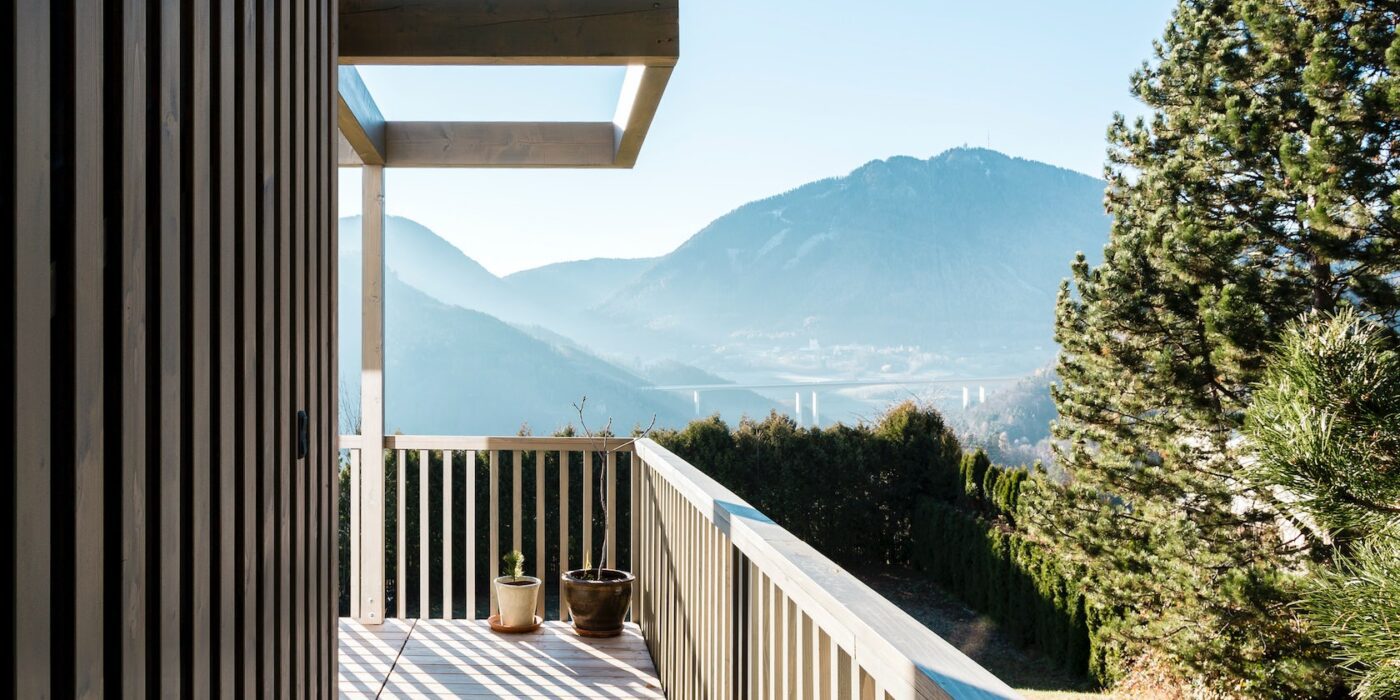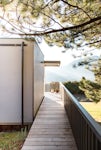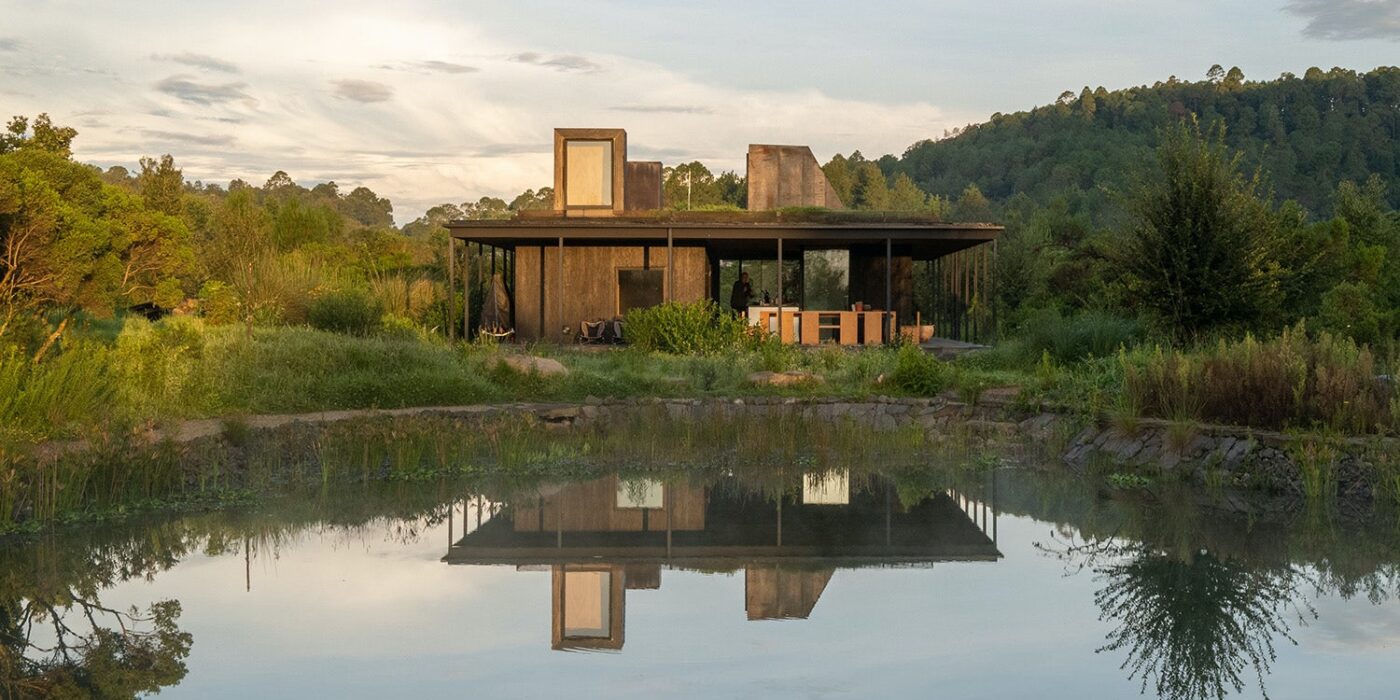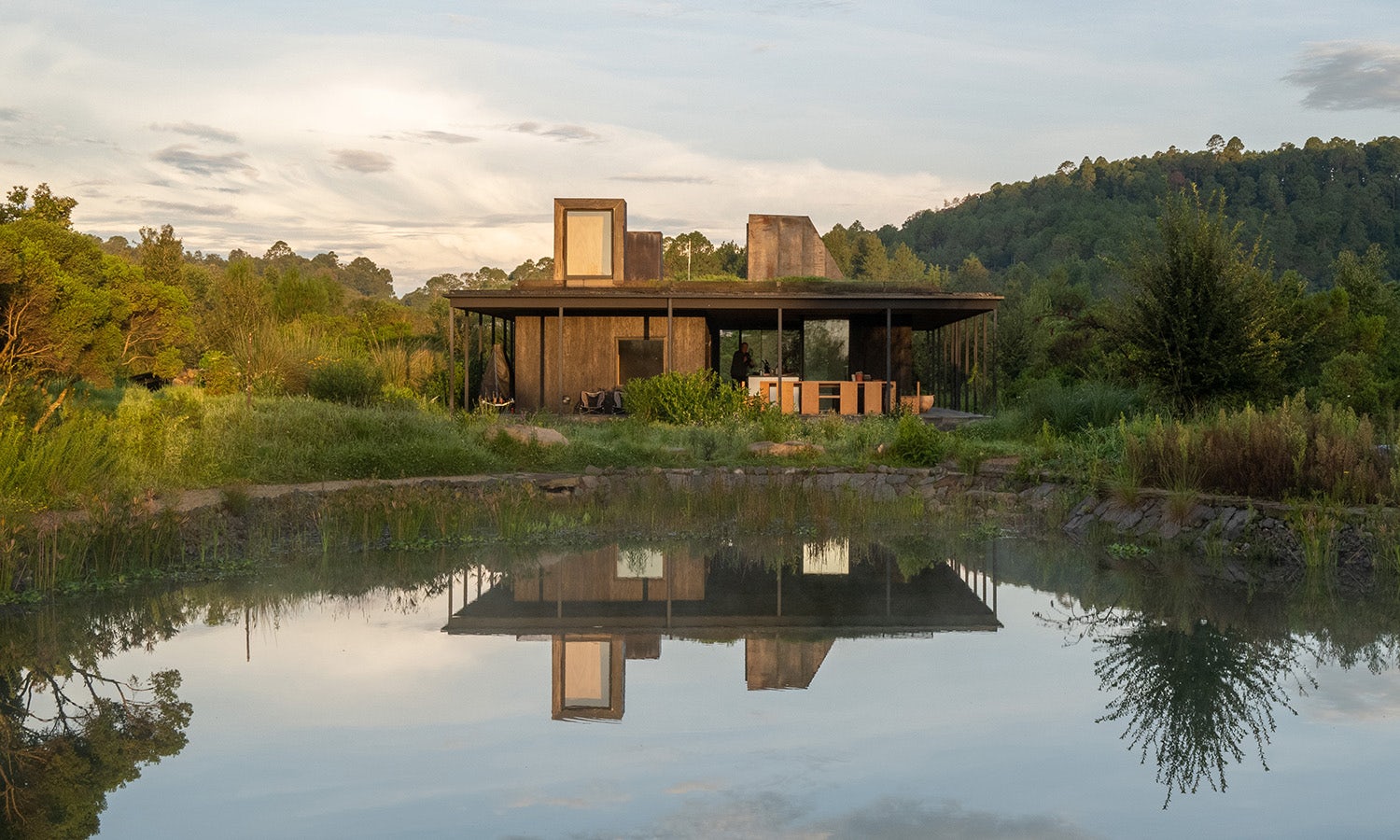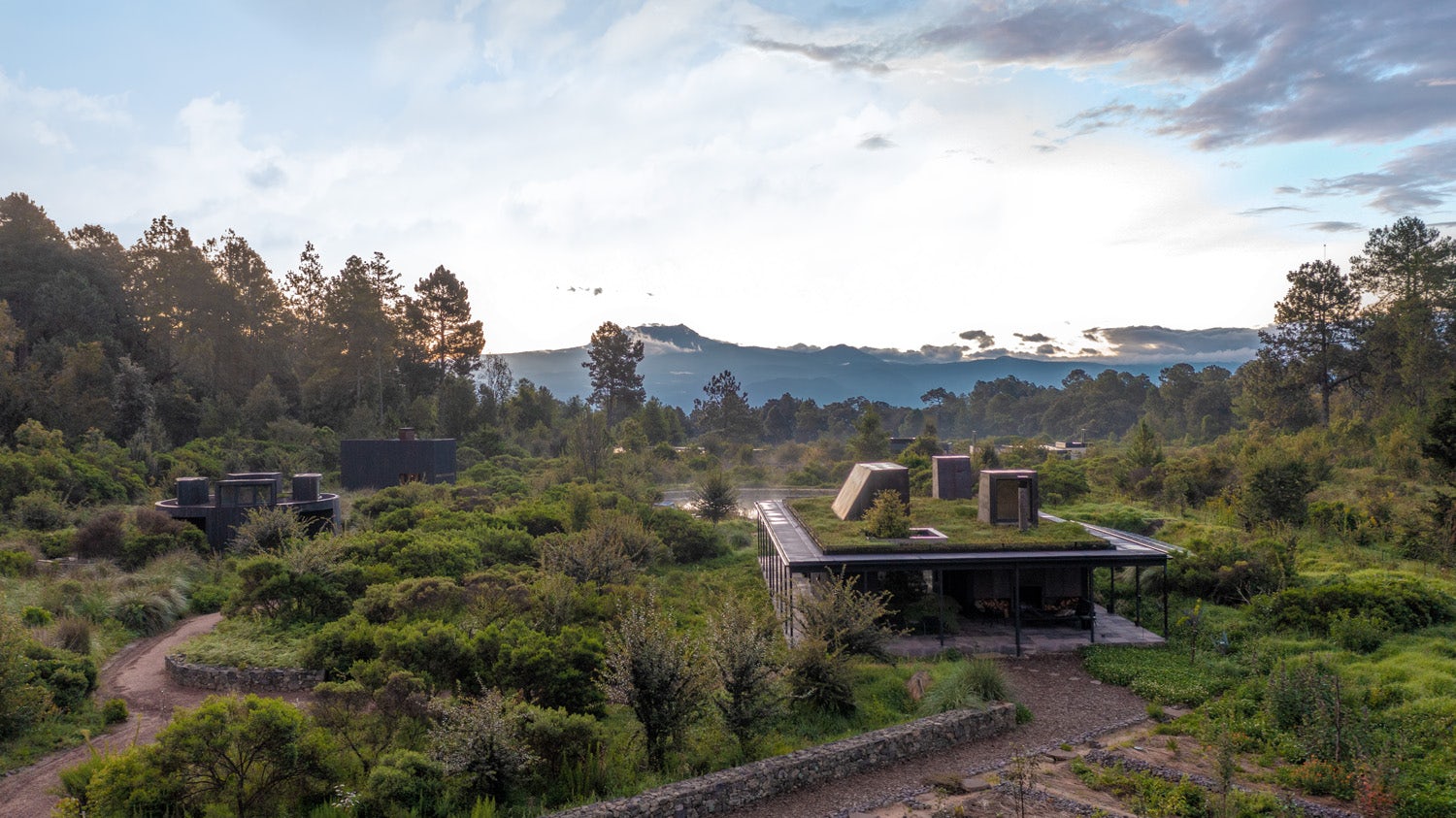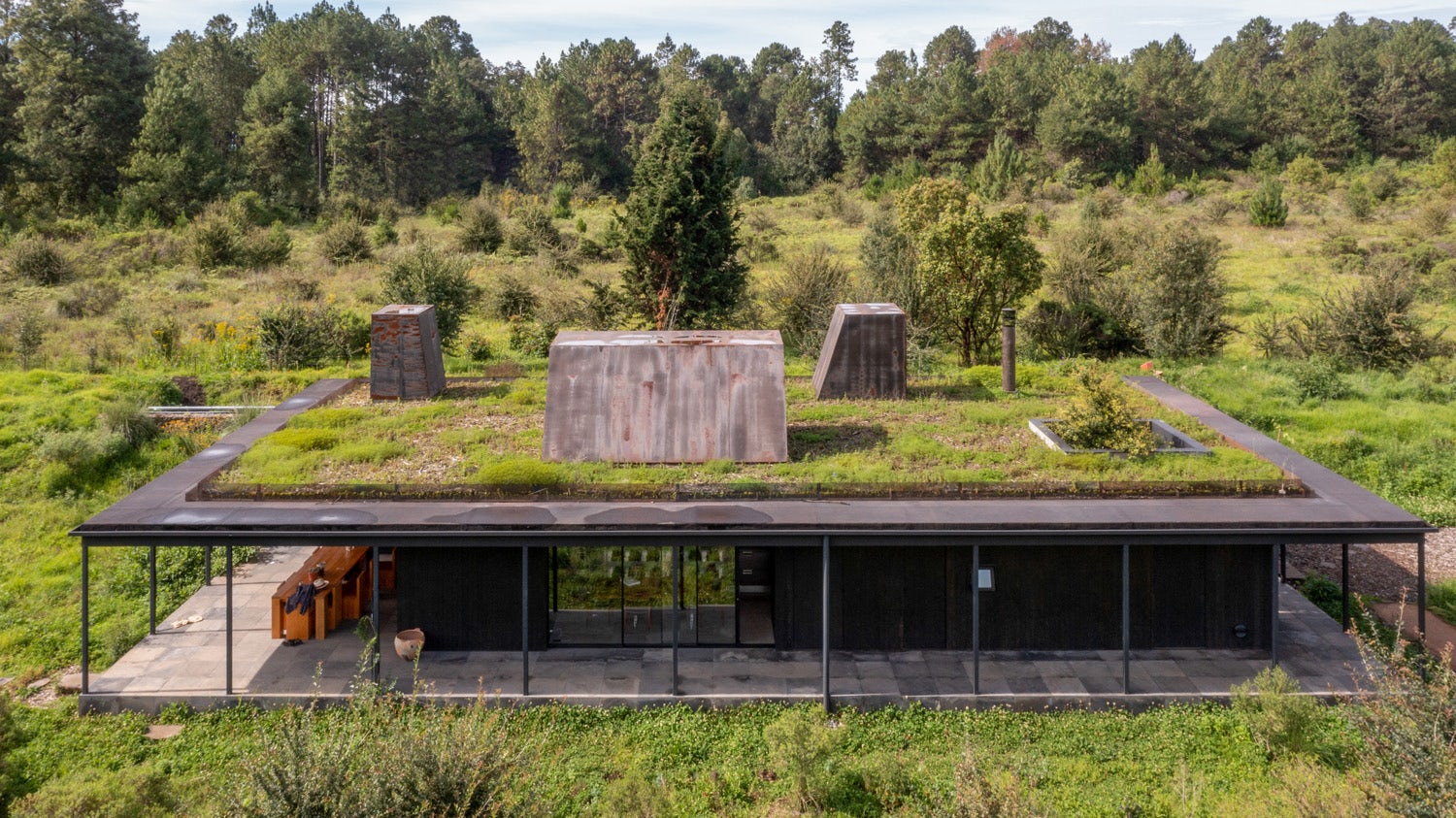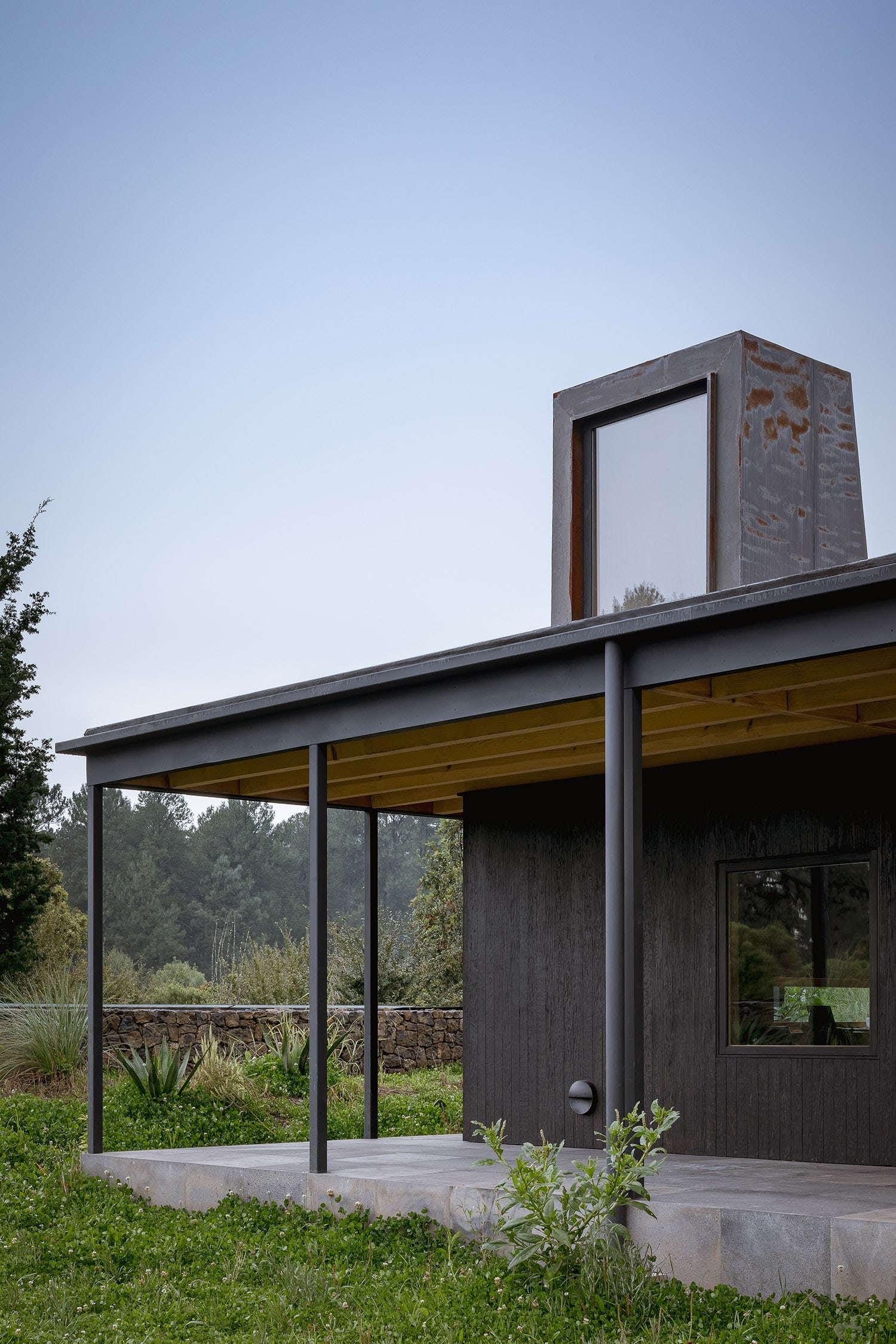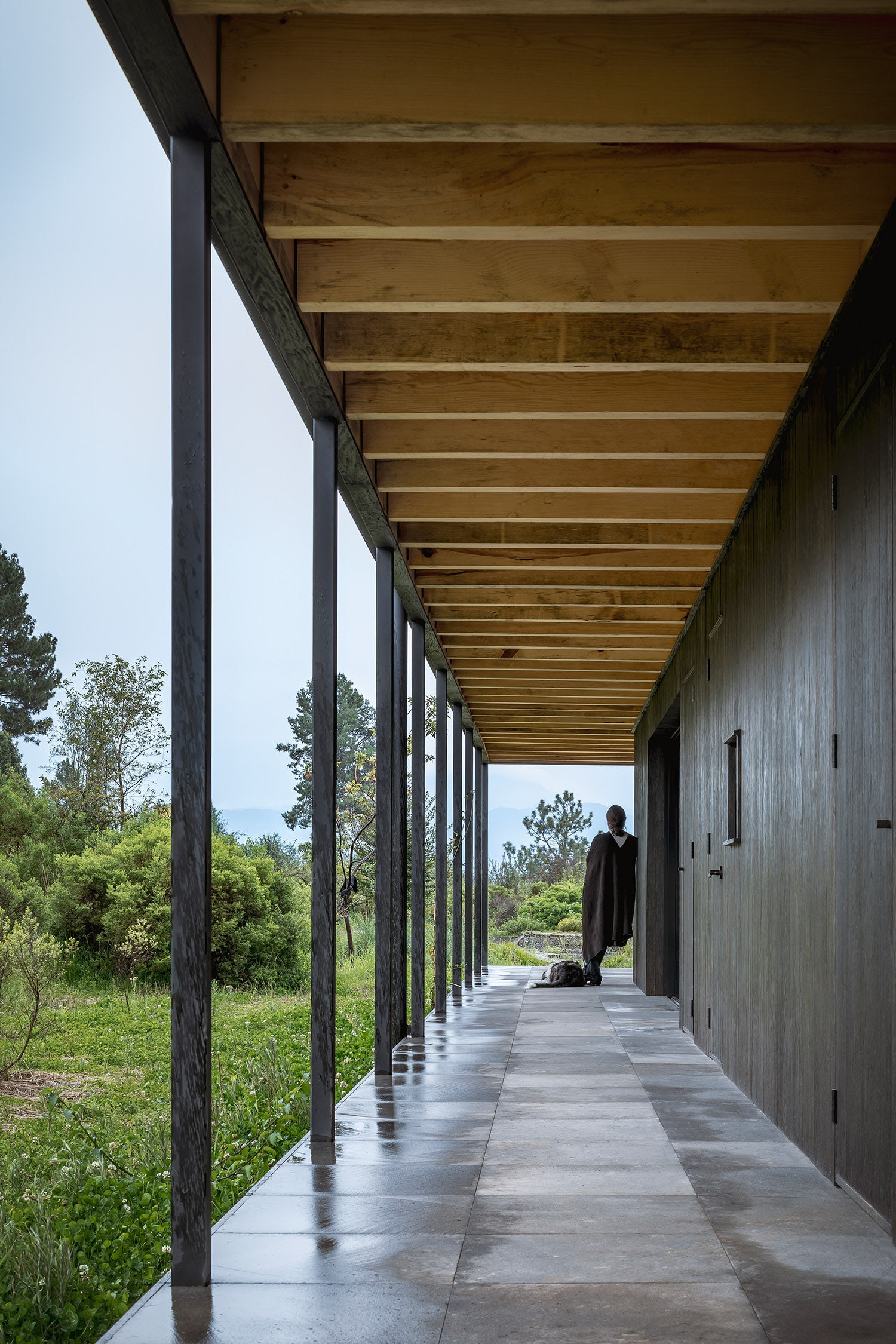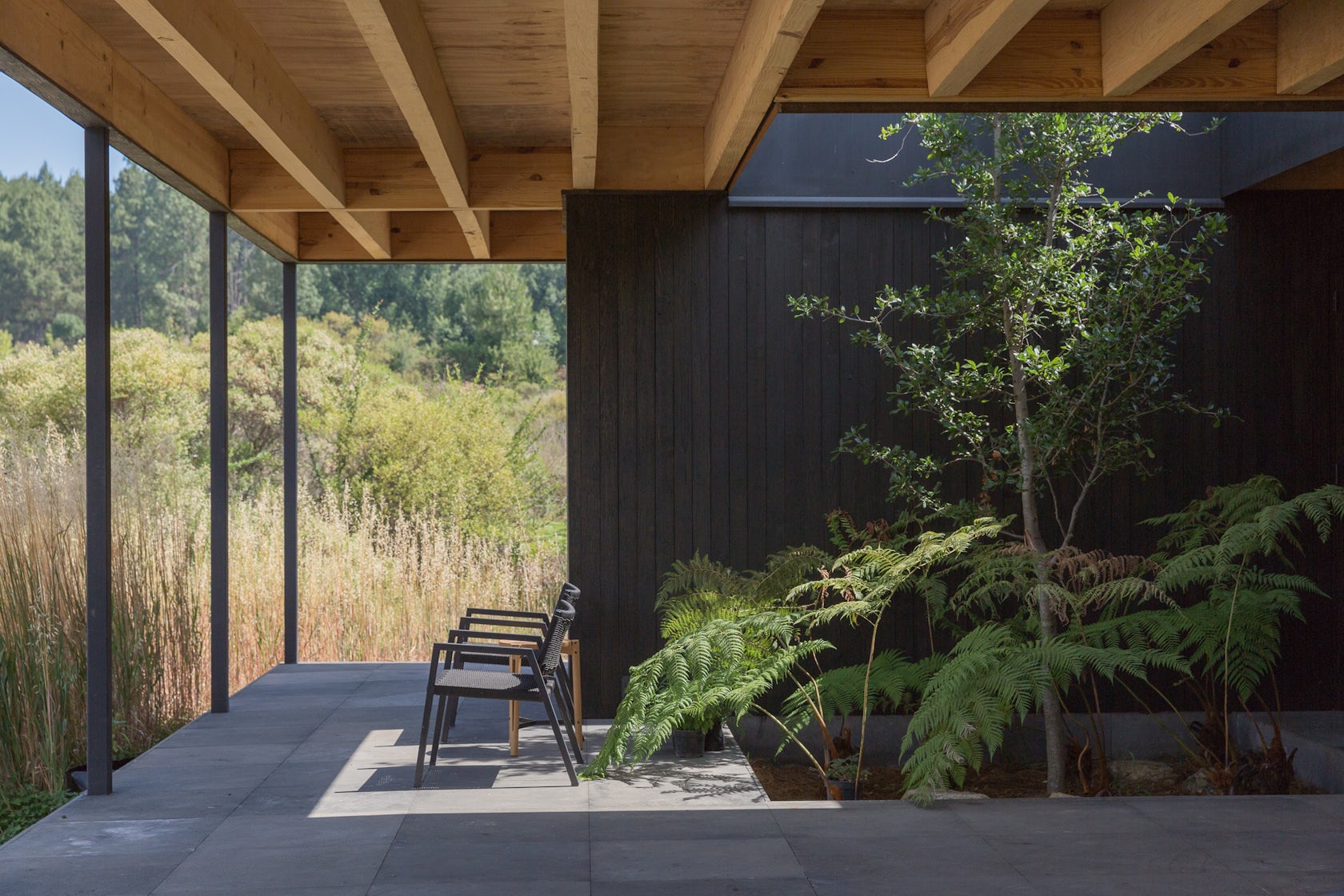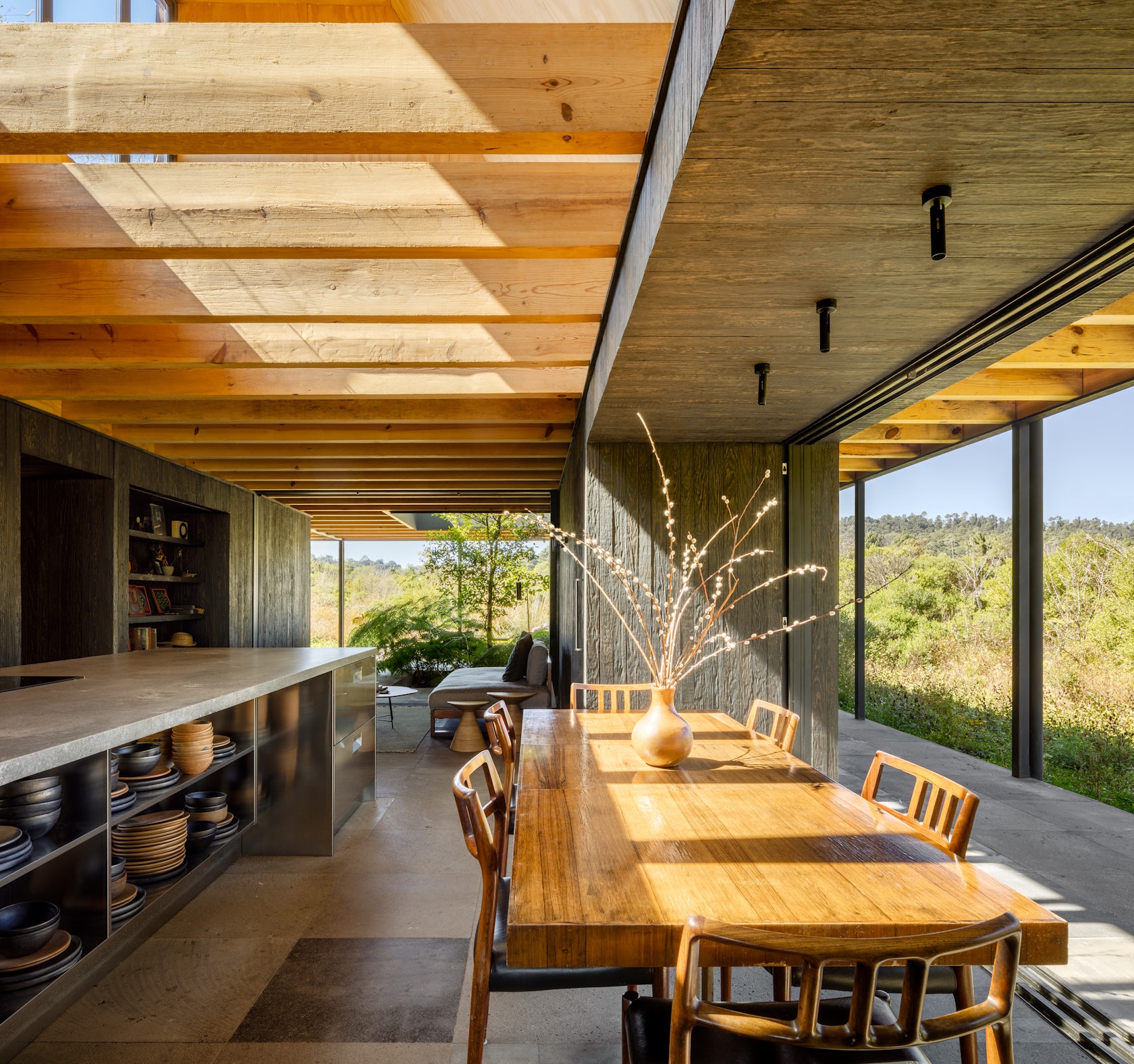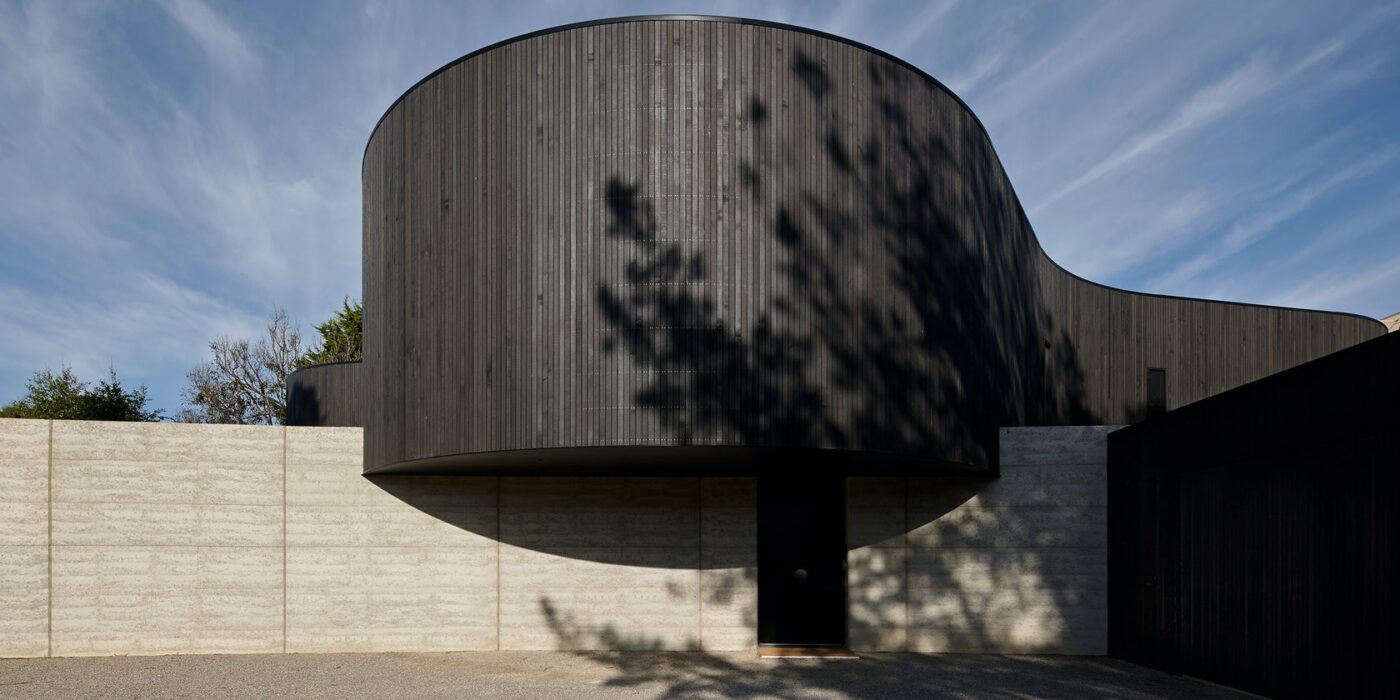Blending In with Nature: The Inspiration Behind COMMOD-Haus GmbH’s Weekend Home
The Little Black One – The ambition of this project was to design a house that blended so perfectly into the breathtaking landscape as if it had always been there. It didn’t need to show off as the scenery speaks for itself but still it should live up to the ambition of providing its owners an elegant weekend spot. A house that is always in style – like a little black dress – that keeps on fascinating you over and over again.
Architizer chatted with Michaela Maresch, CEO & Founder at COMMOD-Haus GmbH, to learn more about this project.
Architizer: What inspired the initial concept for your design?
Michaela Maresch: COMMOD “The Little Black One” was definitely inspired by nature. The harsh, wide, mountain landscape at Semmering was inspiration and challenge at once.

© Commod-Haus GmbH
This project won in the 10th Annual A+Awards! What do you believe are the standout components that made your project win?
The Little Black is an amazing example of how architecture can set the stage for the beauty of nature. I think that people currently desire to live closer to nature than ever before and this house reflects a simple yet stunning way to do so.
The minimalistic form of the house, the colour chosen for the spruce wood façade and the play of light and shadow that reveals different shades of black on the façade.
Well protected from the harsh climate outside by the beautiful wooden façade, the living area inside is flooded with light. The generous window fronts and open spaces create a sense of even being part of nature while still enjoying all amenities of a modern home.
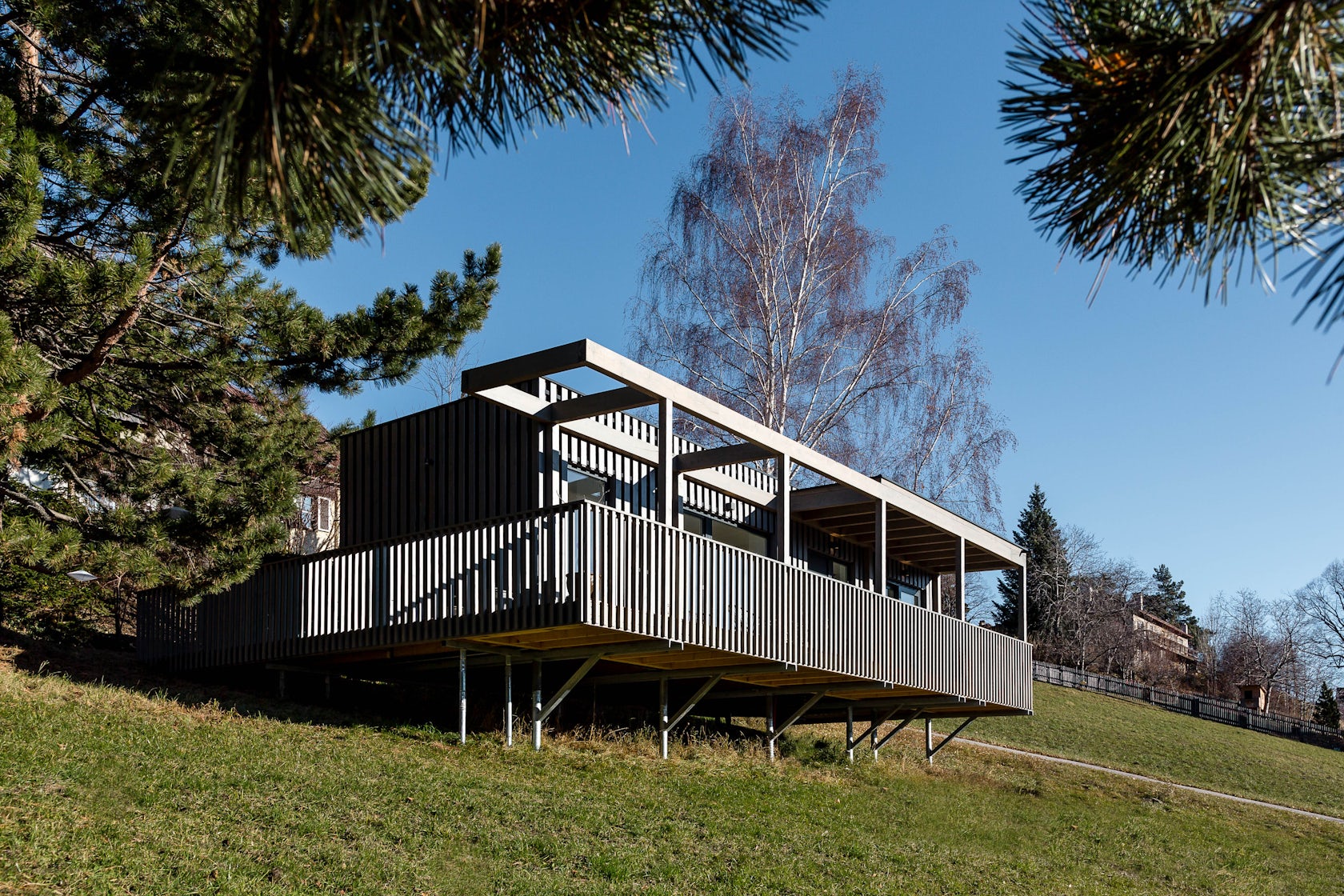
© Commod-Haus GmbH
What was the greatest design challenge you faced during the project, and how did you navigate it?
The main strength of this project was also its biggest challenge: a gentle, subtle embedding of the house into the existing terrain that yet creates a connection to the partents home next door and emphasises the view of the mountains.

© Commod-Haus GmbH
How did the context of your project — environmental, social or cultural — influence your design?
The design of this project is only fully comprehensible if you take into account its entire context. The client-family living in the big city of Vienna wanted to spend their weekends away from it all in pure nature. It was our top priority to give them a space where they could fully breathe in the beauty of nature. However, considering the fact that they did not want to harm this nature in any way by building their weekend house, our construction method was simply ideal for them. The screw foundations can be removed without leaving any residue after their lifecycle is over. Soil sealing is absolutely not an issue here. So they can live in harmony in and with nature.

© Commod-Haus GmbH
What is your favorite detail in the project and why?
I can’t help but love the walkway that leads onto the terrace. It reveals this unique distant view of the rugged mountains, but at the same time exudes a calming effect on the visitor through the natural materials and the regularity of the slats.

© Commod-Haus GmbH
How important was sustainability as a design criteria as you worked on this project?
As already mentioned, it was extremely important to the owners not to interfere too much with nature. Using the system of point foundations, this was not a problem.
Basically, sustainability has been anchored in our DNA since the creation of our company, so for us it is almost not worth mentioning that our material consists of 99% renewable raw materials. We work hard to be and remain pioneers in this field.

© Commod-Haus GmbH
How have your clients responded to the finished project?
This project illustrates all our strengths: Sustainability, adaptability, modern design, high quality standards and speed on site (this house took only one day to be delivered and assembled).

© Commod-Haus GmbH
How has being the recipient of an A+Award evoked positive responses from others?
We are always very honoured when our houses receive awards. This not only makes us proud, but also the owners of the houses. But here it was something even more special. There are few awards that are as internationally respected as the Architizer A+Award. We feel grateful and happy to have become part of the Architizer Family and hope to impress with many more innovative projects in the future.

© Commod-Haus GmbH
Team Members
Michaela Maresch, Gerald Brencic, Volker Ast, Ingmar Zwirn, Uwe Lackner, Gamze Olcay, Oumaima Laassibi, Lisa Gattebrauer, Rita Fruhmann, Jannis Fielers, Nadja Wieland
Products and Materials
Colour Synthesa „Greywood Forest 03“
For more on The Little Black One, please visit the in-depth project page on Architizer.
The Little Black One Gallery

